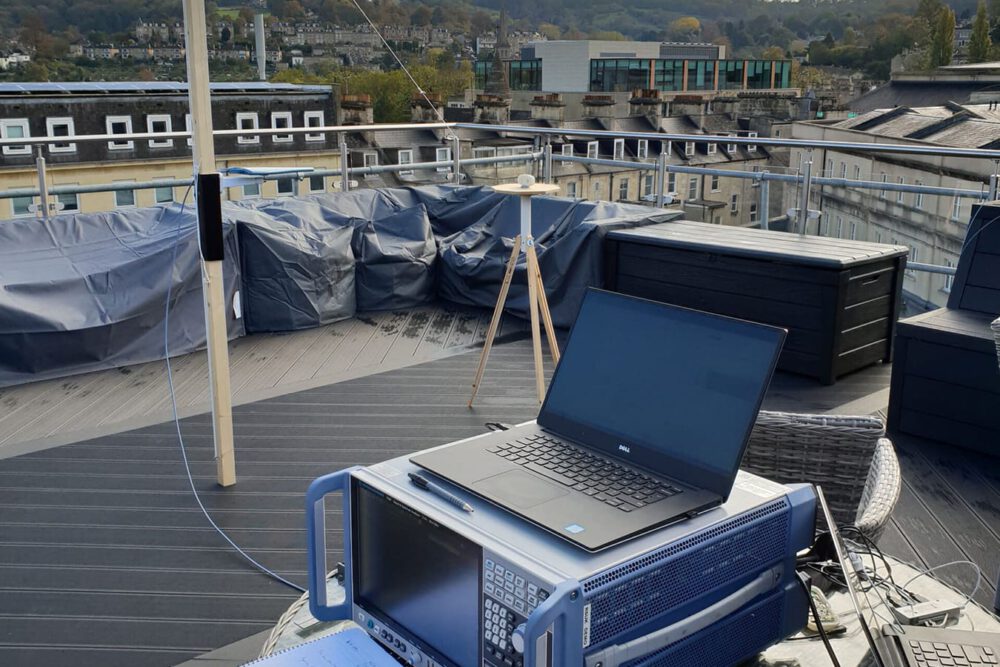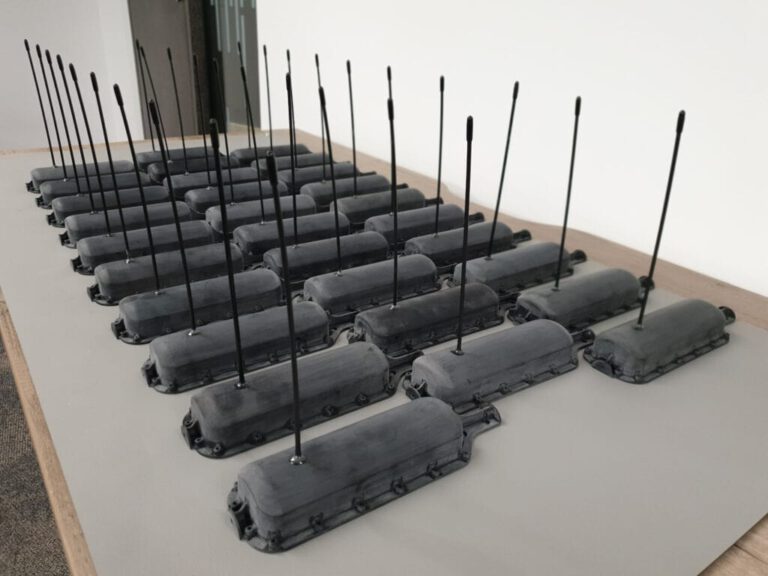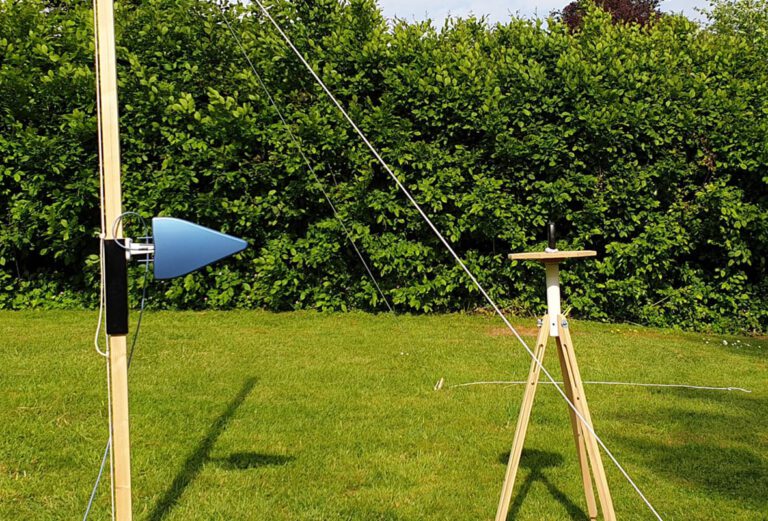Wireless Expertise for effective
Communications and Connectivity
The scope of wireless communications is vast and yet the typical level of proficiency in this field is relatively limited. We have a long history of expertise in cutting-edge wireless design and have worked with a huge range of technologies across very diverse projects.
To concisely categorise wireless technologies is difficult but they can essentially be grouped using two features that most people can relate to, those being the operating range and the data rate.
Short Range Wireless
This category can vary from very short distances of a centimetre or two up to tens or even hundreds of metres.
At the shortest range of a few centimetres, we have worked with pioneering technologies such as TransferJet, a Toshiba technology capable of transferring data at hundreds of megabits per second. This and similar technologies such as the ST60 device from STMicroelectronics or the KSS104M from Keyssa fall in to an interesting use-case category of a ‘contactless connector’ avoiding the pitfalls of a mechanical connector’s vulnerability to dirt, moisture ingress and physical wear.
Going up the connection distance scale, we’ve worked with various NFC technologies that operate at very low data rates but provide great utility for things like contactless payments or door entry systems. This category also encompasses Near Field Magnetic Induction (NFMI) which has a particular application in being robust to interference and eavesdropping.


Bluetooth and WiFi are ubiquitous and are continually employed across many of our product designs. Besides the connectivity offered by these solutions, Bluetooth in particular offers useful enhancements for location services (using power measurement and angle of arrival techniques) and beacon modes for conserving energy when not required to transfer data. We can advise you on the most appropriate functions for your applications.
Ultra-Wideband (UWB) is a speciality we have delivered a number of designs with. Data rates are modest, on a par with the latest Bluetooth standards and range is up to a maximum of 150-200m, but its use in location services is where it really shines, allowing position information to be established down to an accuracy of a few centimetres.
Long Range
Anything up from a thousand metres can safely be classed as long range for the majority of radio systems in use today. The upper limit to range is barely conceivable considering the ability of deep space probes to send radio signals over billions of miles but for the most part, range is limited to several tens of kilometres for terrestrial radio links and several hundreds of kilometres for satellite links.
Much of our background is in cellular radio communications utilising 2G, 3G, 4G and 5G technologies which continue to drive up data rates in to the gigabit per second territory. We have designed cellular components and systems from power amplifiers and receivers, digital signal processing and networking layers at both the base station and handset side of the radio link.

At the lower end of the data rate scale we have completed projects incorporating various flavours of unlicensed or narrow-band radio solutions such as Sigfox, LoRa and LoraWan. There are many other variations of these technologies all falling under the category of Low Power Wide Area Network (LPWAN) and heavily used in the so-called Internet of Things (IoT), a catch-all expression for massive interconnectivity of devices typically used to communicate small amounts of data using low power devices.
This is also where an interesting overlap is occurring with the cellular networks which are rolling out their own licensed narrowband solutions such as NB-IoT and LTE-M to address the IoT market. The advantage here is a largely existent network globally on which to base this technology means that device developers only need to worry about one end of the radio link. From the development of the low power radio hardware to writing our own communication protocols for maximum efficiency and performance, we have the expertise to craft an ideal solution for your IoT product.
For equipment operating far from normally available radio networks, satellite communications becomes the only option for transmission of data.
Historically this ability has been limited to a very small number of operators such as Iridium and ARGOS but the market is now burgeoning with new satellite network launches opening up new opportunities for low power, low cost IoT communications. Our expertise in this area is recognised by CLS, the operators of the ARGOS satellite network, for whom we have developed ARGOS enabled solutions and provided reference designs for their ARTIC chipset. You can read about one of our ARGOS implementations to track replica boats in the Southern Ocean as part of Project Erebus.
